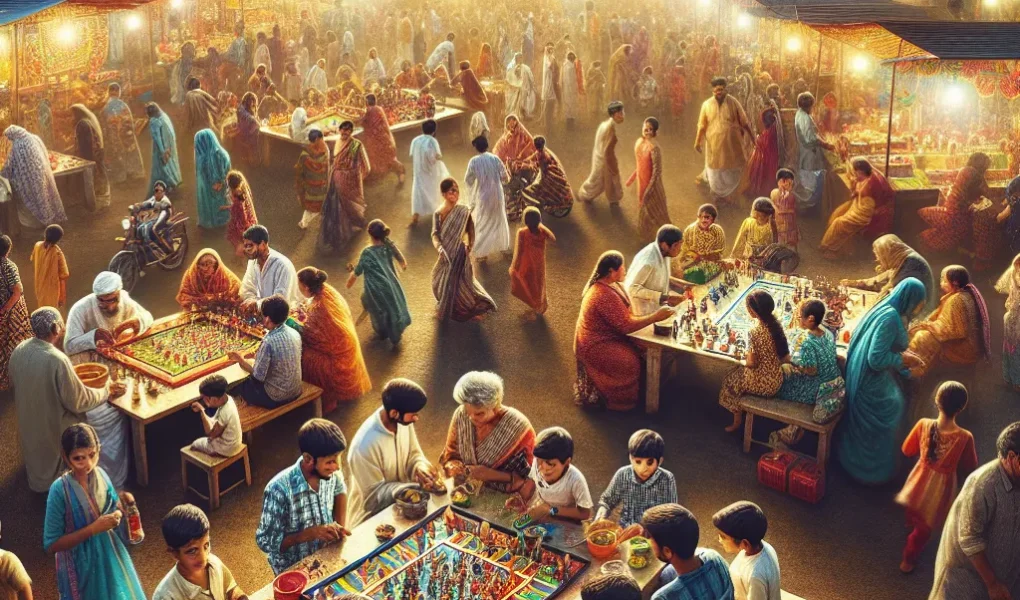The Historical Significance of Fairs in Local Communities
Fairs have long been an integral part of local communities, playing a significant role in reviving and maintaining community spirit. The historical significance of fairs in local cultures dates back centuries, with evidence of their existence in ancient civilizations. These events served as important gatherings where people from different backgrounds came together to exchange goods, share stories, and celebrate traditions.
Historically, fairs were not only about commerce but also about social interaction and cultural exchange. They provided an opportunity for communities to showcase their unique customs, arts, and craftsmanship. In many cases, fairs were tied to religious or seasonal celebrations, further strengthening the bond between the community members. This historical context highlights the vital role that fairs have played in preserving local culture and traditions, passing them down from generation to generation.
As we look to revive community spirit in the modern age, understanding the historical significance of fairs becomes crucial. By recognizing the roots of these events in our cultural heritage, we can better appreciate their role in fostering a sense of belonging and togetherness. Furthermore, by embracing the historical aspects of fairs, local communities can integrate traditional elements into modern-day events, creating a bridge between the past and the present.
In conclusion, the historical significance of fairs in local communities underscores their importance in reviving community spirit. By acknowledging their ancient roots and the cultural traditions they represent, fairs can continue to serve as catalysts for preserving and promoting local culture in the contemporary world.
Promoting Social Cohesion Through Traditional Fairs
Traditional fairs have long played a crucial role in fostering social cohesion within local communities. These events bring together people from all walks of life, providing a platform for interaction and connection. Through the celebration of local culture, traditional fairs promote a sense of belonging and pride among community members. The shared experience of participating in traditional activities, such as local food tastings, crafts, and music, fosters a sense of unity and togetherness.
Moreover, traditional fairs often include various forms of entertainment that appeal to people of all ages. This inclusive nature encourages families and individuals to come together, reinforcing bonds and creating lasting memories. By actively participating in traditional fairs, community members not only support local businesses and artisans but also contribute to the preservation of their cultural heritage.
Furthermore, the organization of traditional fairs often involves collaborative efforts from different segments of the community, such as local businesses, cultural organizations, and volunteers. This collective engagement not only strengthens social ties but also promotes a sense of ownership and investment in the community. As a result, traditional fairs serve as platforms for community members to actively engage in shaping and preserving their local culture, fostering a deep sense of belonging and solidarity.
In conclusion, traditional fairs play a pivotal role in promoting social cohesion within local communities. Through the celebration of local culture, inclusive activities, and collaborative organization, these events create opportunities for connection, unity, and pride, revitalizing the community spirit.
Reviving Cultural Heritage: Fairs as Community Celebrations
Reviving Cultural Heritage: Fairs as Community Celebrations
Fairs have long been a cornerstone of local culture, serving as vibrant celebrations that bring communities together. They play a crucial role in reviving cultural heritage by showcasing traditional crafts, music, dance, and culinary delights that are often deeply rooted in the history of the region. These gatherings provide an opportunity for residents to reconnect with their cultural identity and pass down cherished customs and practices to younger generations.
The revival of cultural heritage through fairs also promotes a sense of pride and belonging within the community. By actively participating in these events, locals reaffirm their connection to the traditions and values that have shaped their way of life. This sense of continuity fosters a strong community spirit and reinforces the unique cultural fabric of the area.
Moreover, fairs serve as a platform for intergenerational exchange, where older members of the community can share their knowledge and experiences with younger attendees. Through storytelling, demonstrations, and interactive workshops, the transfer of traditional skills and wisdom takes place, ensuring that cultural heritage is not only preserved but also passed on to future generations.
In conclusion, fairs play a vital role in reviving cultural heritage within local communities. By celebrating traditional customs and fostering intergenerational connections, these events contribute to the preservation and promotion of the rich cultural tapestry that defines a region’s identity.



